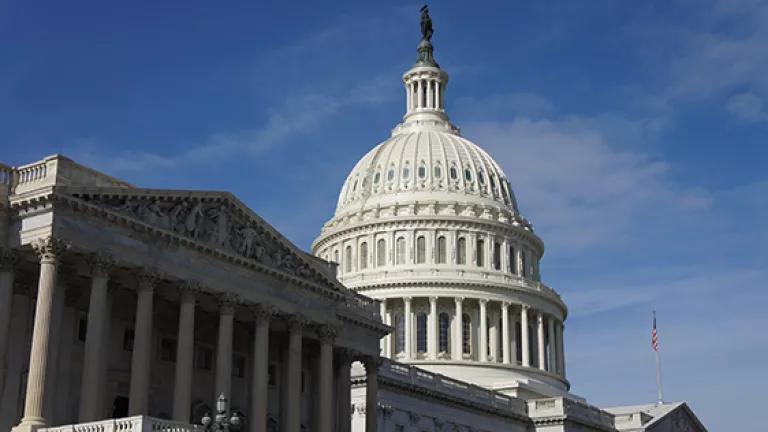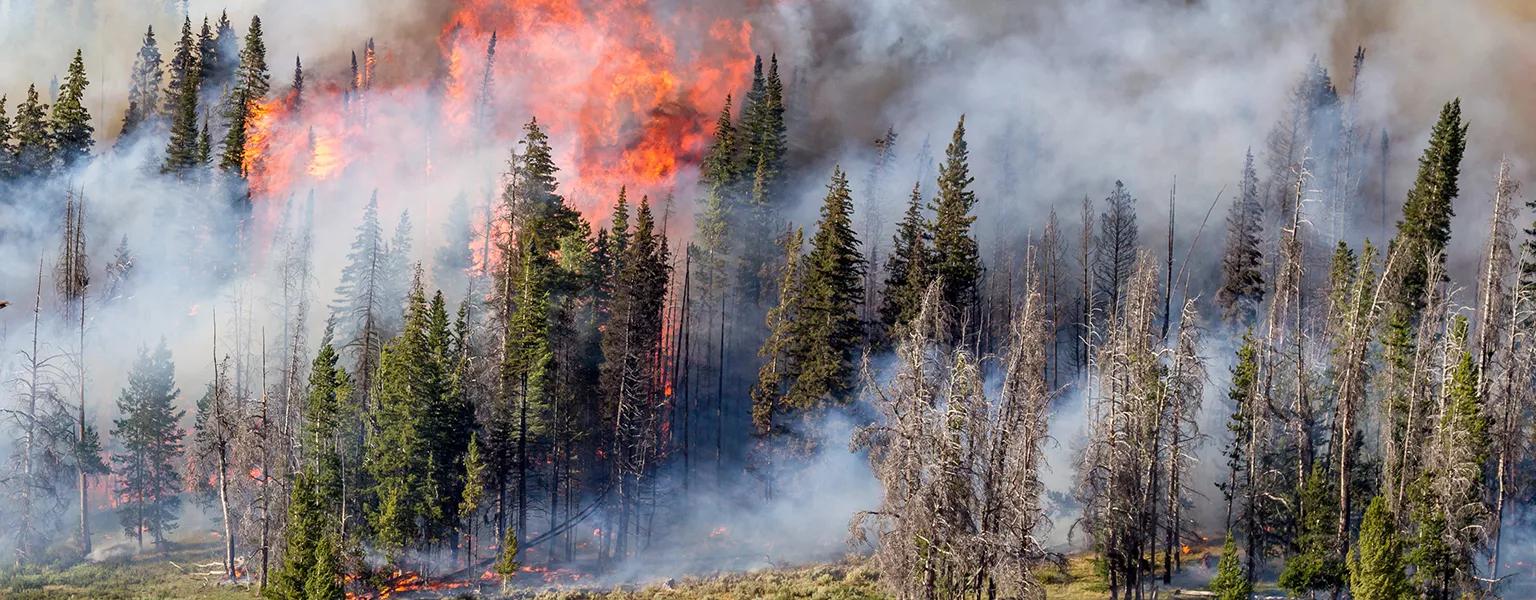
Tim Griffith
Buildings
Overview
Buildings are fossil fuel guzzlers. From homes to high-rise office towers, buildings burn staggering amounts of heating oil, propane, and fracked (natural) gas. In fact, the energy used by buildings accounts for 28 percent of the global emissions that drive climate change. The best and fastest way to get these numbers down is to maximize energy efficiency and electrify our heating and cooling systems, so that as the grid becomes increasingly powered by renewable energy, our buildings also become cleaner. If done right, these improvements will also shrink monthly utility bills—especially for low-income households, which have historically been denied the benefits of clean energy.
Solutions
NRDC is working to make buildings—including the appliances and heating and cooling systems inside them—cleaner, healthier, more climate-friendly, and less costly to operate. Here are our current priorities:
Electrify the places we live and work
We’re helping to move buildings away from using oil, propane, fracked (natural) gas, and other fossil fuels to run their heating and hot water systems, and toward using increasingly clean electricity instead. By making sure that newly constructed homes, offices, and other buildings are outfitted with super-efficient electric heat pumps, and by retrofitting existing buildings with upgraded electric systems and appliances, we can cut U.S. carbon pollution by a billion tons annually. Our advocacy focuses on decision makers, utilities, and consumers using a combination of research, policy guidance, and other educational strategies to increase affordability and access to these cleaner technologies and spur widespread electrification.
Did You Know?
Children living in homes with a gas stove are up to 42 percent more likely to develop asthma than those living in homes with an electric stove. That’s because burning gas for cooking releases nitrogen oxides and other pollutants that are linked to respiratory diseases and other ailments.
Prioritize—and maximize—energy efficiency
NRDC is committed to helping renters, homeowners and business owners increase their efficiency by identifying opportunities to conserve heat, water, and electricity in our buildings. Whether it’s through improved weatherization or the replacement of outdated appliances with newer and less energy-intensive versions, making buildings more efficient will play a crucial role in cutting carbon pollution while also slashing electric bills and making communities healthier along the way. In India, NRDC is helping to expand implementation of building energy codes across states, with a vision of deep decarbonization of the country’s built environment, powered by clean energy, and with the resulting benefits of cleaner air and healthier communities.
Increase access to efficient, healthy, and electrified affordable housing for all
Low-income households in the United States spend up to five times more on energy than the average household does; for some of these families and individuals, energy costs can account for as much as 20 percent of their total monthly spending. With the right partnerships and policy tools, increased investments in building efficiency and electrification programs can be leveraged to improve the overall quality, health, and long-term affordability of housing.
“By 2030, India will have added nearly one billion square meters of new commercial floor space. Buildings in the country are the second-largest consumer of electricity and will likely become the largest by 2030. Building smart from the start is a real opportunity to reduce emissions, save energy, and enhance prosperity. There is a tremendous opportunity to flatten, or maybe even bend down, energy demand for space cooling starting today if it implements ambitious building codes and other demand reducers, such as cool roofs and air-conditioning energy efficiency.”
Prima Madan, senior advocate, cooling & efficiency, India office
Progress
- India’s national government has set building energy standards, which the country’s states and union territories (UTs) are working on implementing. The southern states of Telangana and Andhra Pradesh are spearheading efforts to implement the Energy Conservation Building Code (ECBC). NRDC and our partners have been working as partners in both states since 2011, and since then, more than 500 buildings in Telangana and Andhra Pradesh have complied with the ECBC.
- Around the country, many cities and states have either passed or are currently considering laws that will accelerate the decarbonization and electrification of their building sectors, and do so equitably. Some mandate that all newly constructed buildings, including multifamily housing, be outfitted with all-electric systems for heating, cooling, and hot water; others call for municipalities to meet the latest and most stringent energy conservation standards when adopting or updating their building codes. Many cities are also exploring Building Performance Standards, which require existing buildings to reduce their energy use over time.
- States that are hoping to meet ambitious targets in the coming years—including California, Colorado, Massachusetts and New York—are advocating for heat pumps to replace propane, oil, and gas heating sources in newly constructed homes and in retrofitted existing homes.
More Ways to Make an Impact
Latest News & Resources
The Republican-led House could stall progress on climate change and clean energy.
Add your name to call for transformative climate action!

Tell President Biden and Congress to prioritize our climate future in 2023
View all issues

Climate Change

Equity & Justice

Human Health






















